Companies now combine in-office and remote work arrangements to provide employees with more flexibility and enhance productivity. As companies make this shift, the emphasis has moved from simply providing space to work to designing spaces to facilitate collaboration, comfort, and innovation. Innovative Office Space Design Solutions This shift has given birth to creative office space design solutions that are changing the face of offices, their feel, and functionality in the post-pandemic era.
Why Traditional Office Layouts No Longer Work
Cubicles, hard desk assignments, and closed-door offices used to be the defining features of corporate offices. Those old models no longer fit the needs of today's employees, particularly those working in hybrid environments. Classic designs restrict collaboration and creativity and do not support the adaptability hybrid teams need. With work becoming more dynamic, office spaces need to become more versatile to facilitate both digital and physical collaboration, enabling employees to seamlessly shift between remote and in-office work.
Adopting Flexibility through Activity-Based Design
Among the top trends in creative office space design solutions is activity-based working. This eliminates assigned seating and provides instead a range of work zones specific to tasks. Quiet focus pods, brainstorming lounges, and video conferencing areas are some examples of activity-based design that enables employees to select the environment conducive to their work. This type of model suits hybrid teams that spend only a few days a week in the office for purposes of cooperative work or meetings.
Merging Physical and Virtual Workspaces
The hybrid model benefits from the smooth interlacing of digital tools in physical spaces. Contemporary office design now integrates technology at all levels—smart whiteboards and video conferencing pods, app-based desk booking systems, and wireless charging stations. These cutting-edge office space design solutions allow remote workers to engage in meetings and make decisions as easily as their in-office peers. This integration maximizes communication while avoiding the disconnection that is so common with hybrid work models.
Designing for Health, Wellness, and Safety
The well-being of employees is now at the forefront of office design considerations. To address health issues that emerged in the pandemic, businesses are investing in touchless technology, high-quality air filtration systems, and generous layouts to facilitate social distancing. Natural lighting, biophilic features such as indoor plants, and ergonomic furnishings are also becoming de rigueur. These features not only cater to physical health but also enhance morale and mental acuity as well, creating a more welcoming, engaging workplace.
Designing Collaborative Community Spaces
Although remote work brings flexibility, it tends to miss the impromptu interactions that drive creativity and camaraderie. To fill the void, businesses are adding shared areas like café-like lounges, open kitchens, and casual meeting spaces. These are not the conventional workstations but more so areas that foster natural conversations and spontaneous collaboration. These creative office space design solutions create a sense of community and meaning that enables hybrid teams to remain engaged even when they are not always in the same space.
Through Modular and Scalable Design Principles
Modular design is another revolutionary trend in office design. It enables companies to reinvent their spaces with ease and speed as their needs change. Moveable walls, multi-purpose furniture, and reconfigurable workstations facilitate the accommodation of expansion, contraction, or changes in team composition. Scalability is important for hybrid workplaces, as the number of in-office staff could fluctuate daily. Modular design offers the flexibility to build functional and inviting spaces despite fluctuating attendance.
Infusing Sustainability into Office Design
Sustainability is no longer an afterthought but is today an integral part of office design. Businesses are choosing green building materials, energy-saving lighting, and waste reduction systems. Integrating sustainability into office buildings not only cuts down on the environmental impact but also resonates with the values of contemporary employees who are concerned about ethical and green protocols. Such efforts reflect an emphasis on long-term responsibility and innovation, further boosting the workplace experience.
Designing for Diversity and Inclusion
Businesses today are taking into account various employee needs while designing workspaces. Gender-neutral bathrooms, prayer spaces, quiet areas for neurodiverse workers, and accessible designs for employees with mobility issues are becoming standard elements of innovative office space designs. These new office space design approaches develop a more embracing and accommodating atmosphere, which, in turn, boosts employee satisfaction and turnover.
Measuring Success with Data and Feedback
Data-driven design is transforming the way firms measure the success of their office environments. Sensors and intelligent systems monitor space utilization, lighting, indoor air quality, and worker movement. Paired with periodic employee surveys, these data points enable companies to adapt their layouts and amenities to meet hybrid work requirements more effectively. This feedback loop helps ensure the workplace continues to reflect changing worker needs and business objectives.
Conclusion
The hybrid work revolution isn't a trend it's the future of work. As businesses transform, office design needs to go beyond looks to provide functionality, comfort, and flexibility. Pluto-Planet There has been a shift towards building spaces that are tech-enabled, wellness-driven, and inclusive. Innovative solutions for office space are at the center of this shift, enabling organizations to remain nimble, hire the best talent, and foster a culture of collaboration and compassion. The office of the future is more than a workspace it's a strategic tool that drives success in a hybrid era.
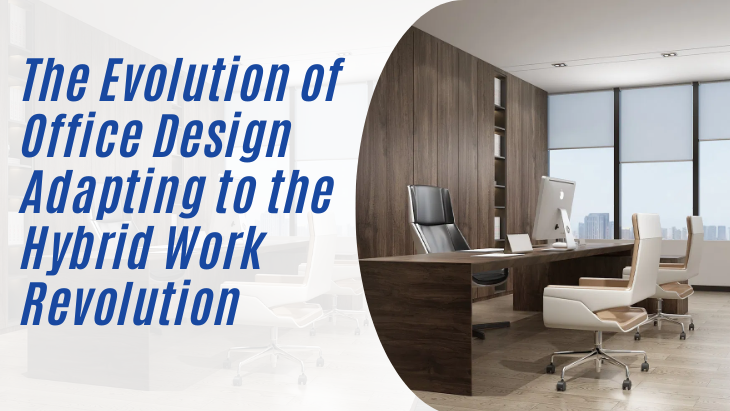



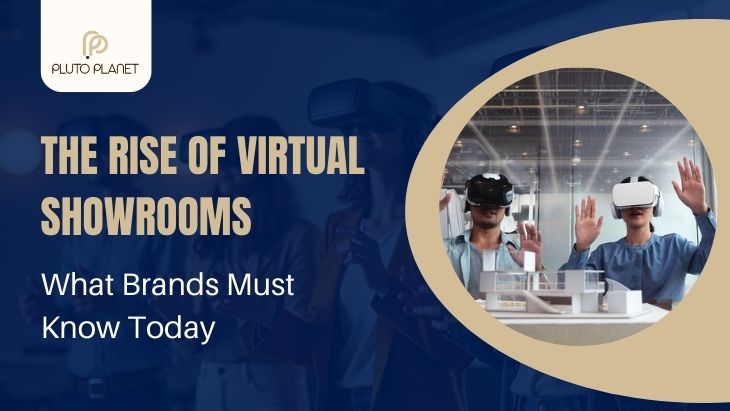
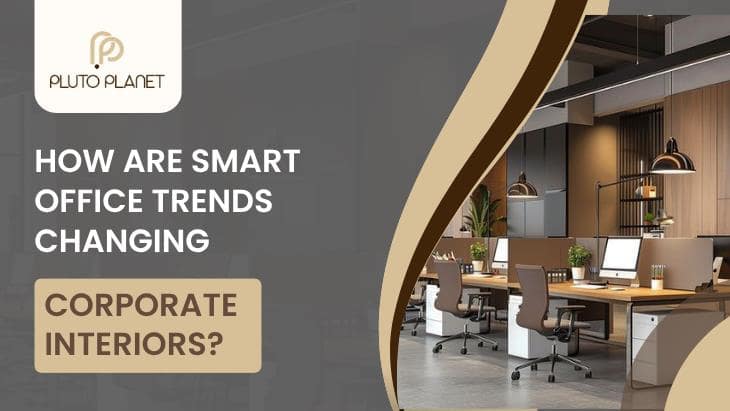
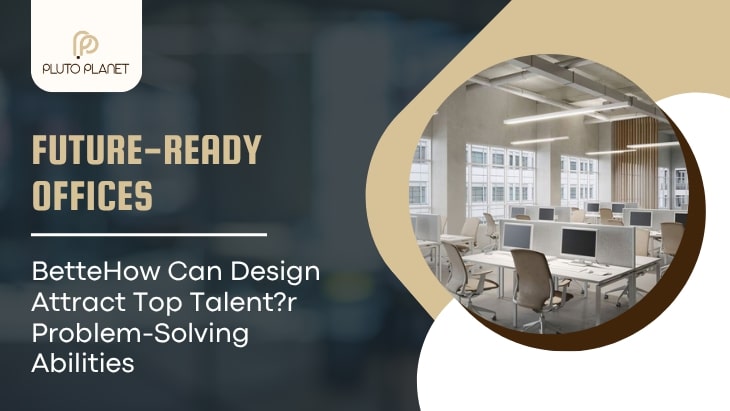
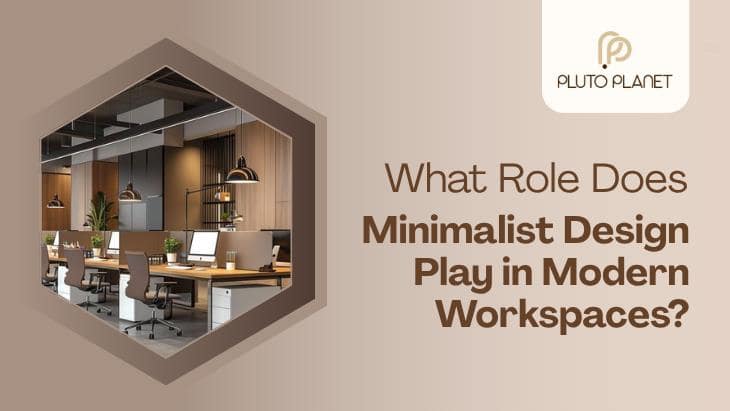

Leave a reply